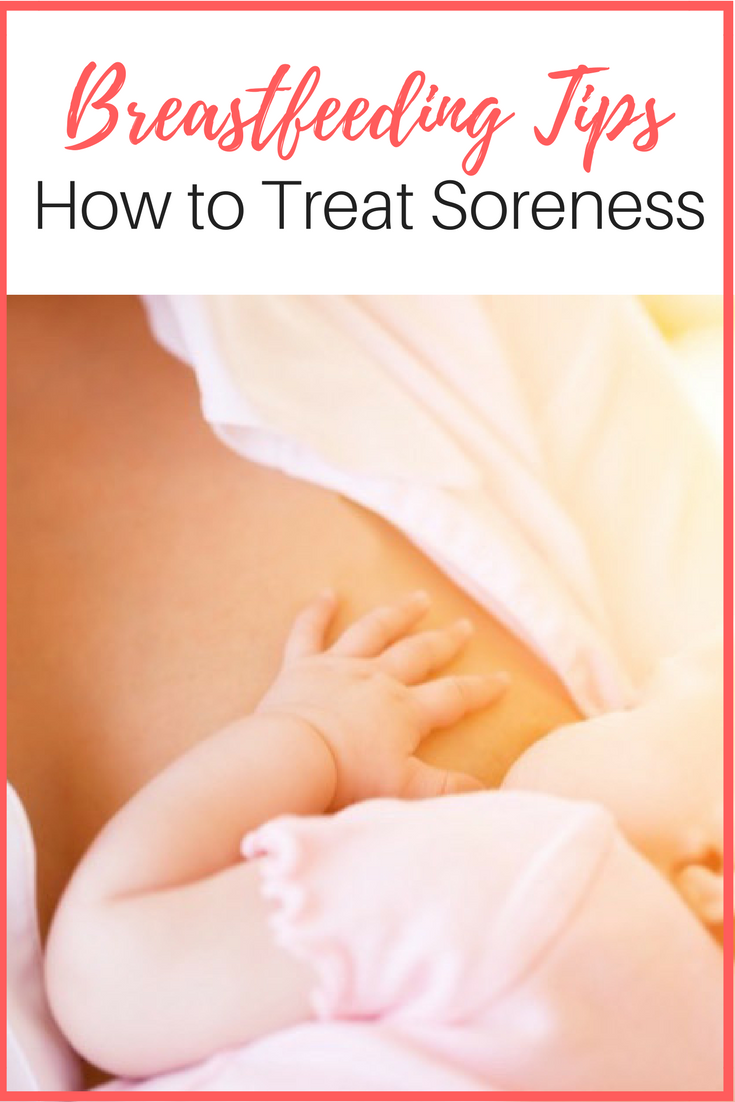Breastfeeding Tips: How to Treat Soreness
Pediatricians agree that the breast is best for infants, but the reality of breastfeeding can be much more painful than many new moms realized. Fortunately, there are plenty of breastfeeding tips for how to treat soreness, so you can feel comfortable while giving your little one the right start for a healthy life.
Change Your Baby’s Feeding Position
In some cases, nipple soreness is simply a result of the child nursing in a position that isn’t correct for you. This doesn’t mean that you are nursing your child improperly. It simply means that the position and angle don’t work right for your body. Try to change the position of the baby to see if that helps lessen pain while you are nursing.
Keep Your Skin Properly Moisturized
While you may not notice the dry skin on your nipples any other time, having dry skin while nursing will cause pain and discomfort. Be sure to use gentle soaps that won’t strip your skin of moisture while you nurse. Similarly, skin that is too moist can also cause discomfort. Using nursing pad inserts in between feedings can wick moisture away that might otherwise cause discomfort. There are several products on the market designed for nursing women that help to prevent cracked skin and chafed nipples. Be sure to have some on hand before you start nursing.
Prevent Engorgement
At some point, either before your baby is born or immediately after your breasts will likely become engorged. This can be very uncomfortable or painful, but it is a sign that your body is preparing for your little one. Nursing often can help to reduce the pain and discomfort. If you aren’t feeding your infant every two hours, be sure to use a breast pump to help relieve some of your symptoms in between feedings.
Avoid Plugged Milk Ducts
While not every woman will experience a plugged or clogged duct, this is a problem to look out for while nursing. This often occurs if the baby isn’t feeding properly or if the mother isn’t nursing regularly. Remember to pump regularly even if you aren’t always with your baby to nurse, as this will help to prevent clogs. Symptoms of clogged ducts include breast tenderness, skin that is warmer to the touch than the rest of the body, swelling, and redness. You may see a white spot on the nipple that is clogged, and you can remove this by gently massaging the breast. If your symptoms do not resolve themselves, you will likely want to see a doctor.
Breastfeeding is a wonderful, natural thing, but there can be some discomfort associated with it, so be sure to talk to your doctor or lactation consultant if you have any questions or concerns. Use these breastfeeding tips for how to prevent soreness to make your nursing experience as wonderful as possible.
Affiliate links included below. Thanks for your support!
ENJOYED THIS STORY? PLEASE SAVE IT TO PINTEREST!

Share your thoughts in the Comments section below, on our Facebook Page, Follow Our Twitter Account or Head Over To Our Pinterest Page!


The best solution for soreness is to apply warm air from a portable hair dryer after nursing and frequently — whenever you think about it. Soreness is usually gone in 24 hours.
Great tip!
These are great tips. I remember struggling because I was allergic to the nursing pads.